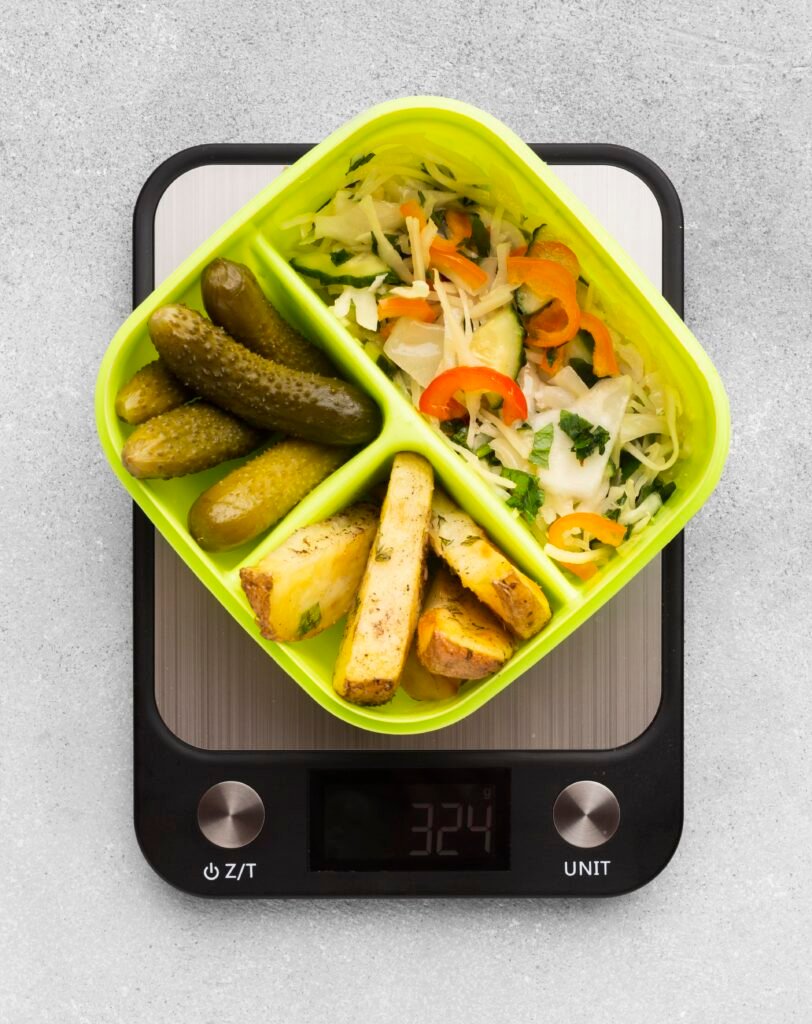Body Fat Calculator

Body Fat Calculator
| Description | Women | Men |
|---|---|---|
| Essential fat | 10-13% | 2-5% |
| Athletes | 14-20% | 6-13% |
| Fitness | 21-24% | 14-17% |
| Average | 25-31% | 18-24% |
| Obese | 32%+ | 25%+ |
Jackson & Pollock Ideal Body Fat Percentages
| Age | Women | Men |
|---|---|---|
| 20 | 17.7% | 8.5% |
| 25 | 18.4% | 10.5% |
| 30 | 19.3% | 12.7% |
| 35 | 21.5% | 13.7% |
| 40 | 22.2% | 15.3% |
| 45 | 22.9% | 16.4% |
| 50 | 25.2% | 18.9% |
| 55 | 26.3% | 20.9% |
Understanding Body Fat: Overweight and Obesity
Body fat, or “adipose tissue,” serves many essential functions, mainly storing lipids for energy, making hormones, and insulating and cushioning. It is composed of two forms: essential fat and storage fat.
Essential Fat: Essential for life and reproduction, which varies by sex. In men, it is usually 2-5%, whereas in women, it’s 10-13%.
Storage Fat: This builds up in subcutaneous fat (under the skin) and visceral fat (surrounding internal organs). Too much stored fat may cause obesity, which can damage your health.
Having too little body fat is also not healthy, and it’s essential to keep fat levels within normal limits.
Body fat is also different depending on genetic and lifestyle variables, such as eating habits and exercise routine. Women and men accumulate fat differently, and the pattern may shift around the age of 40 or during menopause in women.
Health Consequences of Excess Body Fat
Obesity is a global health issue. It is ranked by the World Health Organization as one of the preventable leading causes of death. An estimated 36.5% of adults in the U.S. are obese. Obesity is associated with decreased quality of life, psychological problems, obstructive sleep apnea, and other serious conditions like cardiovascular disease, stroke, specific cancers, and diabetes.
Excess visceral fat, in particular, raises the risk of heart disease, elevated cholesterol (LDL) levels, and insulin resistance, which can eventually develop into type 2 diabetes.
Measuring Body Fat Percentage
U.S. Navy Method:
Developed by the Naval Health Research Center in 1984, this method estimates body fat using measurements of the body. Here’s how to do it:Waist Circumference: Measure waist at the navel level for males and narrowest point for females.
Neck Circumference: Measure under the larynx and make sure the tape runs downward.
For Women: Measure the hips at the widest point.
After you have taken your measurements, use the following equations to estimate body fat percentage (BFP). Two equations are given: one is in U.S. customary units (inches) and the other in metric units (centimeters).For Men:
U.S. Units:
BFP = 86.010 × log10(waist – neck) – 70.041 × log10(height) + 36.76
Metric Units:
BFP = 495 (1.0324 – 0.19077 × log10(waist – neck) + 0.15456 × log10(height)) – 450
For Women:
U.S. Units:
BFP = 163.205 × log10(waist + hips – neck) – 97.684 × log10(height) – 78.387
Metric Units:
BFP = 495 (1.29579 – 0.35004 × log10(waist + hips – neck) + 0.22100 × log10(height)) – 450
Note: These are only estimates and possibly not as precise as other measurements such as bioelectrical impedance analysis or hydrostatic density testing.
Other Methods
Fat Mass (FM) and Lean Mass (LM)
Fat Mass:
FM = BFP × Weight
Lean Mass:
LM = Weight – FM
BMI Method
BMI is also used to estimate the amount of body fat. To find BMI, see the BMI Calculator. After finding BMI, apply the following formulas to estimate body fat percentage:
For Men:
BFP = 1.20 × BMI + 0.23 × Age – 16.2
For Women:
BFP = 1.20 × BMI + 0.23 × Age – 5.4
For Boys:
BFP = 1.51 × BMI – 0.70 × Age – 2.2
For Girls:
BFP = 1.51 × BMI – 0.70 × Age + 1.4
Both of these methods are estimates, and the accuracy may differ depending on a multitude of factors.
